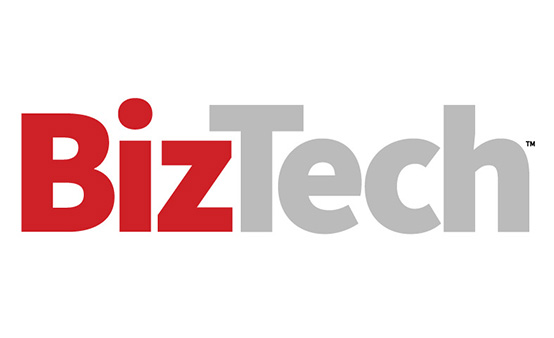1. Mobile Device Management
The most used technology is the good-old fashioned device: laptops, desktops, mobile devices, tablets, etc. But managing these devices can be time-consuming. To streamline management of endpoints, SMBs can turn to Apple Business Manager and Windows Autopilot. These tools allow IT teams to remotely configure and deploy newly purchased laptops, assist remote workers in installing and updating software, and onboard new hires without being physically present. They also allow IT teams to push updates to all devices centrally rather than going one by one.
When Outdoor Living Supply, a midsize business that started in 2020, started using Microsoft Autopilot, it was able to ease the burden of device management.
“Nine months ago, we had to individually remote in to make a change to a PC,” Chris Shelton, senior director of infrastructure, operations and cybersecurity for Outdoor Living Supply, told BizTech. “Now we can do it centrally.”
2. Central Cloud and Cost Management
Most startups and SMBs with a presence in the public cloud use either Amazon Web Services or Microsoft Azure, according to Flexera’s 2025 State of the Cloud report. Many also have multicloud instances, relying on a mix of services from cloud vendors. Regardless of the model, Flexera identified cost management as the biggest challenge.
“What you don’t want is somebody spending something up and then forgetting about it,” Ben Schreiner, head of artificial intelligence (AI) and modern data strategy business development at AWS, says. “Then it’s not adding any value to the business.”
While AWS, Microsoft and Google Cloud all have their own tools to protect the value of the cloud, they come with a learning curve. Plus, those tools are typically optimized specifically for individual cloud providers.














